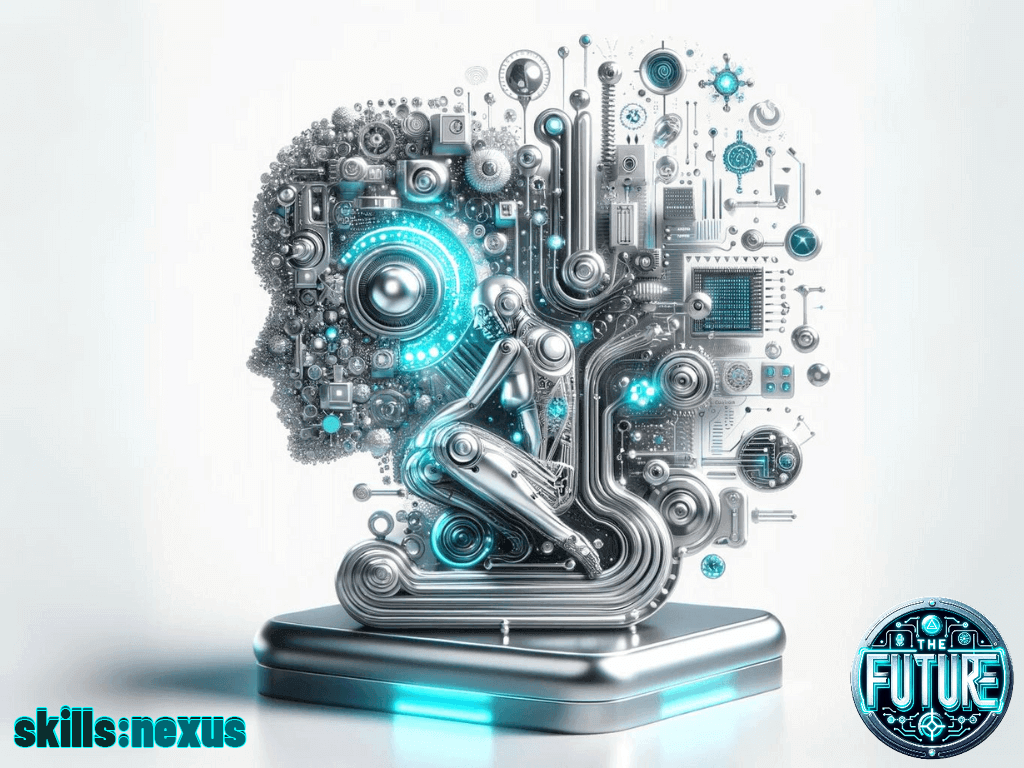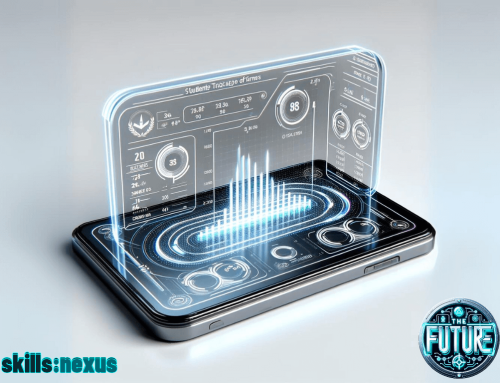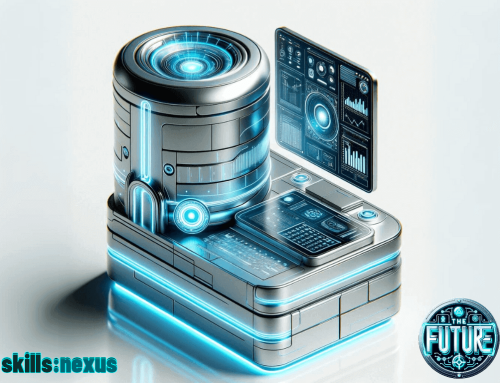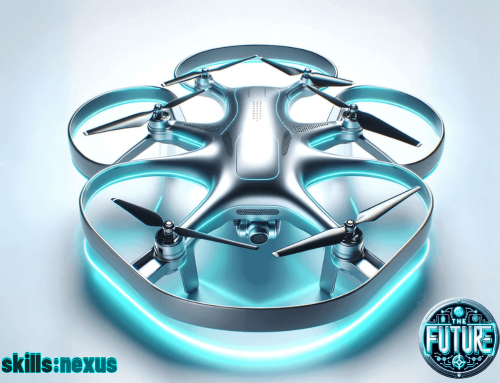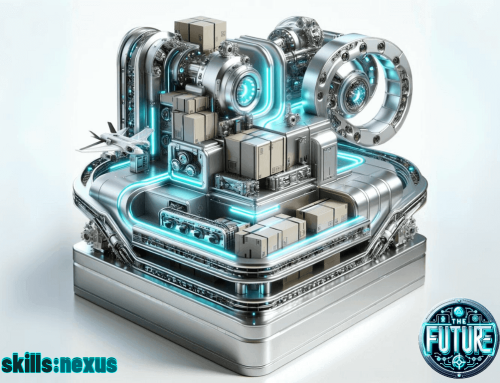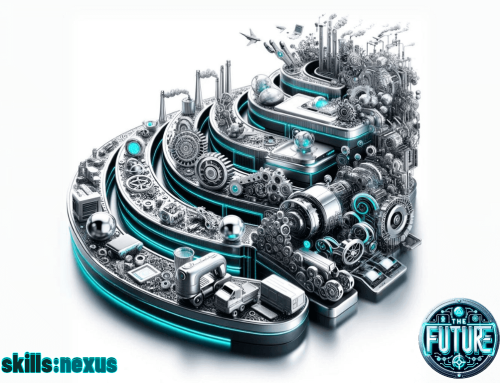Some basic examples of already “old” AI software are: face recognition, text autocorrect or chatbots. AI technology is incorporated in very familiar software applications we use daily, such as web search (Google), digital assistants (Siri, Alexa), all social media news feeds, Google Maps or in consumer electronics products such as vacuum cleaners. More complex “old” AI examples include manufacturing robots, self-driving cars, virtual travel booking agents or automated financial investing.
In November 2022, the world changed, and “new” AI technologies were born by the launch of Chat GPT and the ability to build various products using this new AI technology. Many other similar large language models created by competitors of Chat GPT are now available as well.
This means that the existing ways of using “old” AI will improve or simply change. Take web search for example, we could use Chat GPT to look for information in a completely new and different way, which makes Google search obsolete. Using “new” AI also means democratizing the access to AI-based tools. It’s a lot easier now to create an AI virtual travel booking agent. Basically, almost anyone will be able to do it very soon using a few no-code tools.
The main threat posed by “old” and “new” AI is replacing humans in many jobs. Yes, some jobs will be lost to automation, but other types of jobs will be created to replace the obsolete ones. This is how progress works. But it’s not as simple as it may look like. We will surely dive much deeper into this topic later in the series.
Until then, here is some food for thought for you: How do we prepare the school students today for the yet uninvented jobs of tomorrow?
Next we will focus on how AI came into existence as a natural next step in evolution in terms of progress and industrial revolutions.

